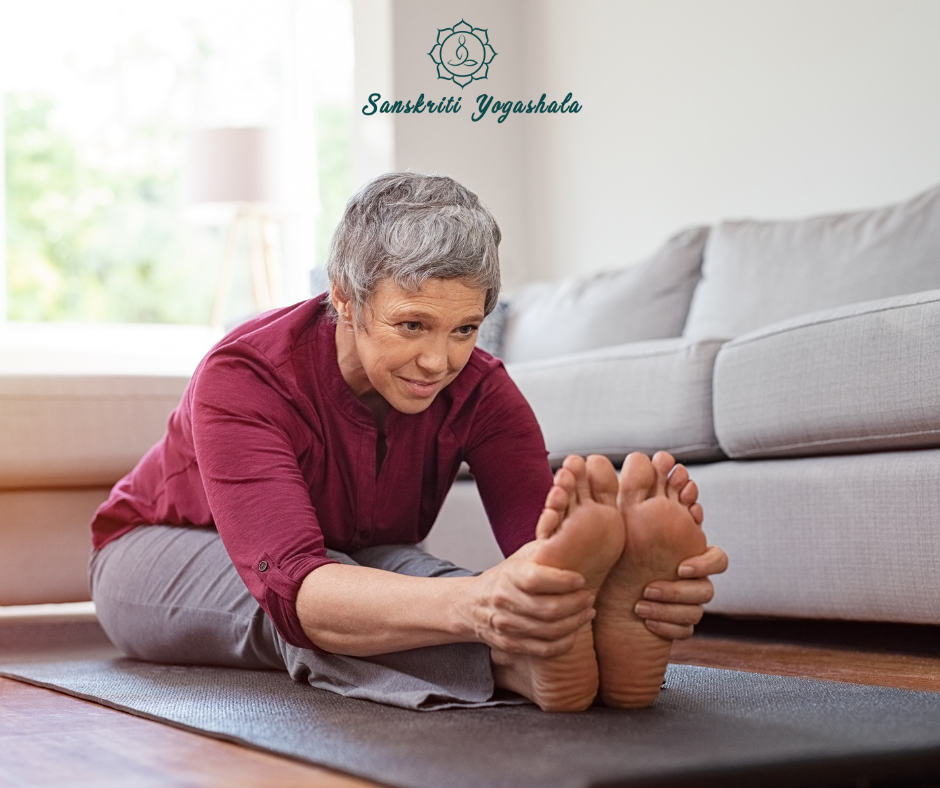
Ayurveda teaches that there are two cycles in a day: the sun cycle and the moon cycle, both of which are connected to the Ayurvedic body types or doshas (Vata, Pitta, and Kapha). Each cycle influences the body’s energies over different periods of the day:
- 6 AM to 10 AM / 6 PM to 10 PM – Kapha
- 10 AM to 2 PM / 10 PM to 2 AM – Pitta
- 2 PM to 6 PM / 2 AM to 6 AM – Vata
During these periods, the dominance of these energies affects our body’s state:
- Kapha Time (6 AM to 10 AM / 6 PM to 10 PM): The body tends to be more sluggish and lethargic.
- Pitta Time (10 AM to 2 PM / 10 PM to 2 AM): The body is in a digestive mode and more active.
- Vata Time (2 PM to 6 PM / 2 AM to 6 AM): The body is naturally more flexible and mobile.
In the morning, during Kapha time, the body is less active and joints may feel stiff due to the cooler temperature. For elderly people, this stiffness can make it harder to begin yoga practice without an extensive warm-up.
In contrast, in the evening, during Vata time, the body is more naturally flexible and warmed up due to the day’s heat. This makes it easier for the elderly to engage in yoga practice with less resistance from their joints and muscles.
Given these points, the best time for an elderly person to practice yoga is in the evening. The warmer temperatures and the body’s natural state of flexibility during Vata time make it an ideal period for physical activity, reducing the risk of injury and enhancing the overall benefits of yoga practice.